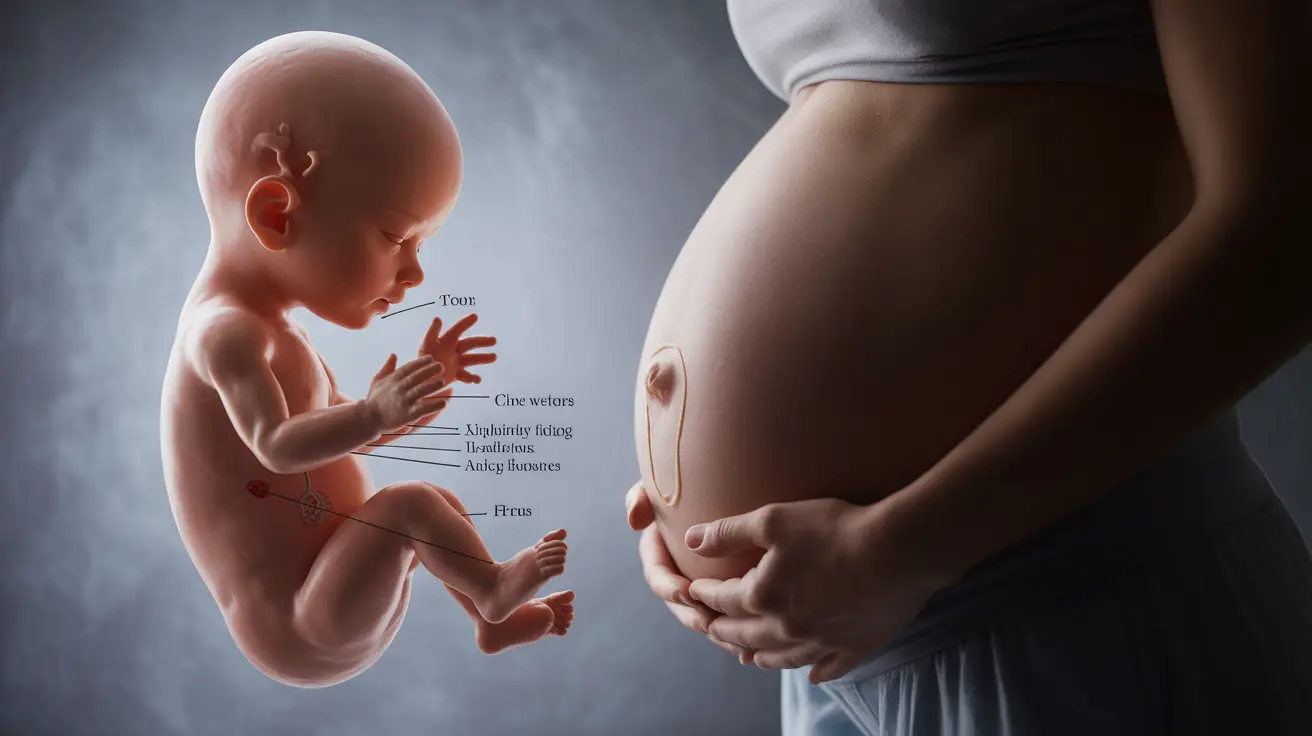Reaching 10 weeks pregnant marks a significant milestone in your pregnancy journey. During this time, both you and your baby are experiencing remarkable changes, and understanding what's happening can help you navigate this important phase with confidence.
At this stage, your baby has completed its most critical developmental period, and you're likely experiencing a range of pregnancy symptoms. Let's explore what you can expect during week 10 of your pregnancy, from physical changes to your baby's development.
Your Baby's Development at 10 Weeks
At 10 weeks, your baby has made incredible progress in development. Now about the size of a strawberry, your little one is transitioning from an embryo to a fetus. All essential organs have formed and are beginning to function.
Key developmental milestones include:
- Tiny fingers and toes are fully separated
- External ears are forming
- The neural connections in the brain are rapidly developing
- Vital organs are producing hormones
- The backbone and joints are forming
Common Symptoms at 10 Weeks Pregnant
Morning Sickness and Nausea
Morning sickness typically peaks around this time, affecting up to 80% of pregnant women. Despite its name, nausea can occur at any time of day. Most women start experiencing relief between weeks 12-14, though some may have symptoms longer.
Changes in Your Body
Your body is undergoing significant changes to support your growing baby. You might notice:
- Visible veins across your breasts and abdomen
- Increased vaginal discharge
- Mild cramping or round ligament pain
- Growing breast tenderness
- Slight weight gain
Important Physical Changes
Increased Blood Volume
Your blood volume increases significantly during pregnancy, leading to visible veins and sometimes dizziness. This change is essential for supporting your baby's growth and preparing your body for delivery.
Vaginal Discharge Changes
An increase in vaginal discharge (leukorrhea) is normal at this stage. This clear or milky discharge helps protect your birth canal from infections. However, any unusual color, odor, or itching should be reported to your healthcare provider.
When to Contact Your Healthcare Provider
While many symptoms are normal during week 10, certain signs warrant immediate medical attention:
- Severe abdominal pain
- Bright red vaginal bleeding
- Fever over 100.4°F (38°C)
- Severe headaches or vision changes
- Excessive nausea and vomiting preventing fluid intake
Frequently Asked Questions
What are the most common symptoms experienced at 10 weeks pregnant?
The most common symptoms at 10 weeks include morning sickness, fatigue, breast tenderness, increased urination, visible veins, and mild cramping. You might also notice emotional changes and food aversions or cravings.
How is the baby developing at 10 weeks of pregnancy?
At 10 weeks, your baby is transitioning from embryo to fetus. All major organs are formed and functioning, fingers and toes are separated, and external features like ears are developing. The baby is about the size of a strawberry.
When does morning sickness usually peak and improve during pregnancy?
Morning sickness typically peaks around weeks 9-10 and begins to improve between weeks 12-14 for most women. However, some women may experience symptoms throughout their pregnancy or have different timing for relief.
What causes increased vaginal discharge and visible veins at 10 weeks pregnant?
Increased vaginal discharge is caused by elevated estrogen levels and helps protect against infections. Visible veins result from increased blood volume, which can rise by up to 50% during pregnancy to support your baby's growth.
When should I contact my healthcare provider about abdominal pain or unusual bleeding at 10 weeks?
Contact your healthcare provider immediately if you experience severe abdominal pain, bright red vaginal bleeding, fever, severe headaches, or vision changes. While mild cramping is normal, intense pain or bleeding could indicate complications requiring immediate attention.




